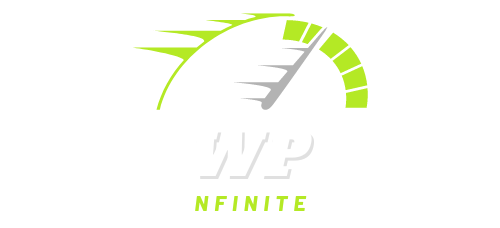What is WordPress Performance Optimization, and Why Does It Matter?
So, you’ve got your WordPress site up and running, filled with all the content your heart desires. But there’s one problem—it’s slower than a snail on a lazy Sunday. If that’s the case, it’s time to talk about WordPress Performance Optimization.
What Exactly is WordPress Performance Optimization?
Imagine your website as a car. When you first buy it, everything runs smoothly. But over time, as you load it up with more content, images, and fancy plugins, it can start to slow down. Performance optimization is like giving your car a tune-up—it ensures that everything under the hood is working efficiently so you can hit the gas and go without any hiccups.
In technical terms, WordPress Performance Optimization involves a variety of tasks like:
- Speeding Up Load Times: This can include things like caching, image compression, and minimizing CSS and JavaScript files.
- Streamlining Your Code: Ensuring your site isn’t bogged down by unnecessary or outdated code.
- Optimizing Your Database: Cleaning up and optimizing your WordPress database so it runs faster.
- Setting Up a Content Delivery Network (CDN): Distributing your site’s content across multiple servers worldwide, so users get faster access no matter where they are.
Why is WordPress Performance Optimization Important?
Now, you might be thinking, “My site is running fine, why bother?” But here’s the thing: a slow website is like showing up late to a party—no one’s thrilled to see you. Let’s dive into why optimizing your site is crucial.
1. Keep Your Visitors Happy
People on the internet have the patience of a caffeinated squirrel. If your website takes too long to load, they’re going to bounce—literally. Studies show that if a page takes more than three seconds to load, over half of the visitors are likely to leave. Speeding up your site ensures visitors stick around longer, explore more pages, and maybe even make a purchase.
2. Boost Your SEO
Google’s algorithms love fast websites. A quicker load time can improve your search engine rankings, making it easier for people to find your site. Think of it as getting a VIP pass to the front of the line. If you want to climb the ranks on Google, optimizing your site is a must.
3. Enhance Mobile Experience
More than half of web traffic comes from mobile devices. If your site isn’t optimized, mobile users might find themselves frustrated with slow load times and clunky navigation. Performance optimization ensures your site is just as slick on a smartphone as it is on a desktop.
4. Reduce Bounce Rates
Bounce rate is a fancy way of saying how quickly people leave your site after landing on it. A slow site leads to a high bounce rate, which signals to search engines that your content isn’t worth sticking around for. Lowering your bounce rate with a fast, responsive site keeps visitors engaged and browsing.
5. Increase Conversions
If your website is an online store, performance optimization can directly impact your bottom line. Faster sites lead to higher conversion rates, meaning more visitors turning into paying customers. It’s simple: when people can shop quickly and easily, they’re more likely to hit that “Buy Now” button.
Wrapping It Up
WordPress Performance Optimization isn’t just for tech geeks or large corporations—it’s for anyone who wants to make the most out of their website. It’s about creating a faster, smoother, and more enjoyable experience for your visitors, and reaping the benefits in terms of SEO, user satisfaction, and conversions.
So, if your website is feeling a little sluggish, it might be time to pop the hood and see what’s slowing it down. With the right optimization techniques, you can rev up your site’s performance and leave your competitors in the dust!

Your comment is awaiting moderation.
buy metronidazole 500mg no prescription
Your comment is awaiting moderation.
canadian pharmacy mall